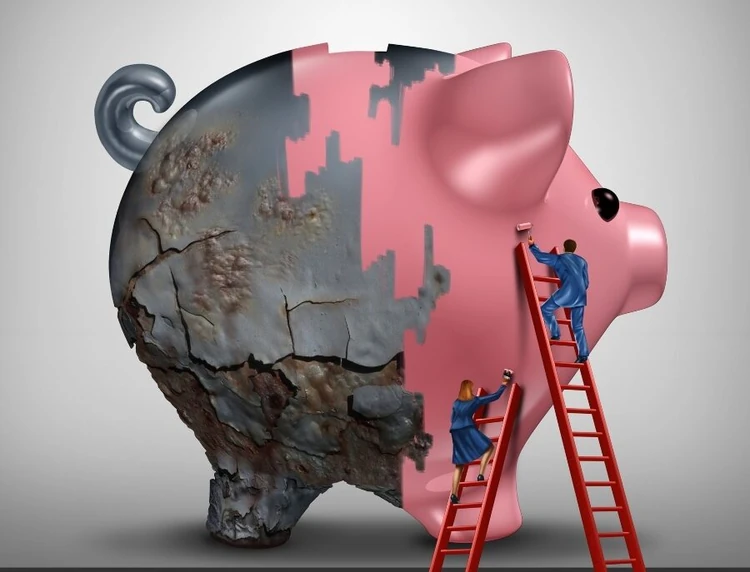Credit card balances haven’t gotten any larger during the pandemic; in fact, data released by various card issuers shows that they’ve actually fallen.
One reason may be the generous stimulus money handed out by Washington. It seems clear that many consumers used much of it to pay down their credit card debt. Diving into the data, the Wall Street Journal reports that the percentage of Discover Card balances paid off at the end of the first quarter was the largest in two decades.
Even more startling, Capital One reported that half of the credit card balances on its books at the beginning of March were paid off completely by the end of the month. In addition to paying off debt, consumers also paid their bills on time, a key factor in improving credit scores.
“Delinquencies can’t get much lower than where they are now, but if your loans keep shrinking, your revenues come down [and] margins will get worse,” Discover CEO Roger Hochschild told the newspaper.
Delinquencies are down
If you note a hint of concern in Hochschild’s voice, that’s because this is a very real concern for lenders. These companies tend to reap larger profits when consumers go on a spending spree and only pay the minimum. The pandemic-related shift to reducing debt is squeezing banks and may present consumers with better credit card terms.
In recent weeks, some card issuers have marketed more aggressively and made underwriting stands more lenient in a bid to attract new customers. Check out ConsumerAffairs’ credit card reviews of the best companies and check to see if they have updated their terms.
In a bid to increase credit card revenue, the Journal also reports that major banks plan to begin issuing credit cards to consumers who lack credit scores, sharing bill payment data in order to determine creditworthiness.
“Cash wasn’t king”
TransUnion, one of three credit reporting agencies, has also tracked improved consumer debt payment behavior during the pandemic. It notes that the improvement did not come from a lack of use but from better payment discipline.
“Cash was definitely not king during the early parts of the pandemic,” said Matt Komos, TransUnion’s head of research and consulting in the U.S. “Millions of people opted to use their credit cards to make digital transactions from the safety of their homes for groceries, clothes, and other everyday items.”
Even though consumers have made strides recently to pay down credit card debt, the total consumers owe is still quite high. A recent report by Value Penguin found that the average American’s credit card debt is more than $6,000 and that 45% of U.S. families carry some credit card debt.
